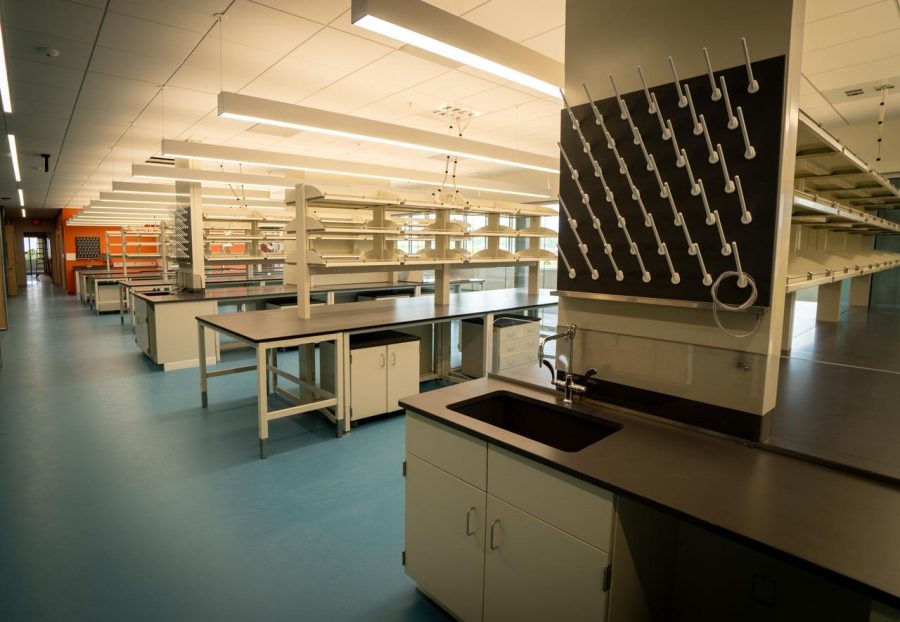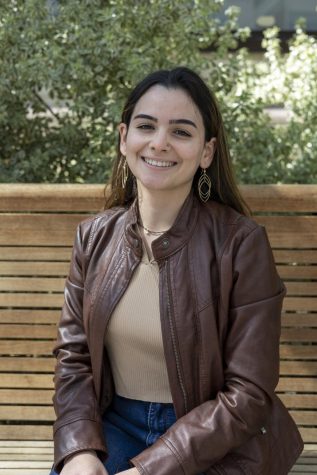OSU Gladys Valley Marine Studies Building offers escape from tsunamis
March 7, 2022
The Cascadia fault line off the Pacific coast could potentially cause a record-breaking earthquake and tsunami in Oregon, and only one building on the Oregon coast is
prepared for it.
This building, the Gladys Valley Marine Studies Building at Oregon State University’s Hatfield Marine Science Center, was completed in summer 2020 with the goal of providing safety to all of the local South Beach in Newport, Ore. should an earthquake occur, said Robert Cowen, the director of the Hatfield Marine Science Center.
According to Cowen, Hatfield houses approximately 450 people, including university students, staff and federal and state agency partners as well as at least 22 buildings that are within a tsunami zone on the Oregon coast but would have been too costly to move.
The Marine Studies Building was built as a vertical evacuation center at Hatfield that can house up to 900 people on its roof with emergency supplies to sustain them until they can be escorted to a longer-term safety shelter, such as the Oregon Coast Commnity College in Newport.
The process of building this vertical evacuation center was very extensive, Cowen said. It involved OSU hiring external engineers to look at the plans developed by architects and engineering firms.
“All of this was an open process because we wanted it to be a demonstration project as a university, so other communities going forward could look at what we did, the approach we took and they could follow it,” Cowen said.
According to Daniel Cox, professor of civil engineering at OSU with a background in coastal engineering, two big aspects that contributed to the design of the Marine Studies Building are the expected shaking of the building and other forces expected to affect it after the earthquakes.
Seismologists and engineers used computer simulations of earthquakes and tsunamis of the same magnitude in countries like Japan, Cox said, to calculate the effects of the Cascadia earthquake on the Pacific coastline.
Cox said he was involved in working behind the scenes and setting standards for the tsunami preparation of the Marine Studies Building through the American Society of Civil Engineers.
“As to the Corvallis campus buildings regarding seismic preparation, we are better prepared than we were,” Cox said.
Aside from being suitable as a vertical evacuation center, Cox said the Marine Studies Building is also used on a day to day basis for classes for students in Newport.
“If [my son] was studying oceanography out there, I would feel fine,” Cox said. “I would not lose sleep.”




















































































![Newspaper clipping from February 25, 1970 in the Daily Barometer showing an article written by Bob Allen, past Barometer Editor. This article was written to spotlight both the student body’s lack of participation with student government at the time in conjunction with their class representatives response. [It’s important to note ASOSU was not structured identically to today’s standards, likely having a president on behalf of each class work together as one entity as opposed to one president representing all classes.]](https://dailybaro.orangemedianetwork.com/wp-content/uploads/2025/03/Screenshot-2025-03-12-1.00.42-PM-e1741811160853.png)
























